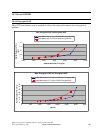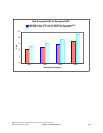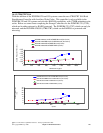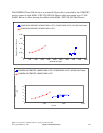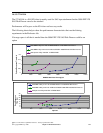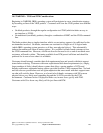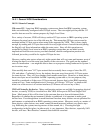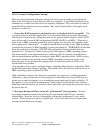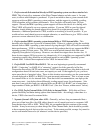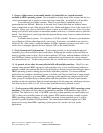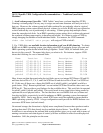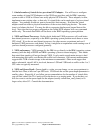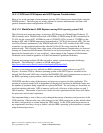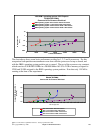
14.5.1 General VIOS Considerations
14.5.1.1 Generic Concepts
520 versus 512. Long time IBM i operating system users know that IBM i operating system
disks are traditionally configured with 520 byte sectors. The extra eight bytes beyond the 512
used for data are used for various purposes by Single Level Store.
For a variety of reasons, VIOS will always surface 512 byte sectors to IBM i operating system
whatever the actual sector size of the disk may be. This means that 520 byte sectors must be
emulated within 512 byte sectors when using disks supported by VIOS. This is done, simply
enough, by reading nine 512 byte data sectors for every eight sectors of actual data and placing
the Single Level Store information within the extra sector. Since all disk operations are
controlled by Single Level store in an IBM i operating system there are no added security
implications from this extra sector, provided standard, sensible configuration practices are
followed just as they would be for regular 520 byte devices.
However, reading nine sectors when only eight contain data will cost some performance, most of
it being the sheer cost of the extra byte transfer of the extra sector. The gains are the standard
ones of virtualization -- one might be able to share or re-purpose existing hardware for System i's
use in various ways.
Note carefully that some "512" byte sectored devices actually have a range of sizes like 522,
524, and others. Confusingly for us, the industry has gone away from strictly 512 byte sectors
for some devices. They, too, have headers that consume extra bytes. However, as noted above,
these extra bytes are not available for IBM i operating system and so, for our purposes, they
should be considered as if they were 512 byte sectored, because that is what IBM i operating
system will see. Some configuration tools, however, will discuss "522 byte" or whatever the
actual size of the sectors is in various interfaces (IVM users will not see any of this).
VIOS will virtualize the devices. Many configuration options are available for mapping physical
devices, as seen by VIOS, to virtual devices that VIOS will export to DST and Single Level
Store. Much more of this will be done by the customer than was done with internal disks.
Regardless of whether the environment is blades or traditional, it is important to make good
choices here. Even though there is much functional freedom, many choices are not optimized for
performance or optimized in an IBM i operating system context. Moreover, nearly as a matter of
sheer physics, some choices, once made, cannot be much improved without very drastic steps
(e.g. dedicating the system, moving masses of data around, etc.). Choosing the right
configuration in the first place, in other words, is very important. Most devices, especially SAN
devices, will have “Best Practices” manuals that should be consulted.
IBM i 6.1 Performance Capabilities Reference - January/April/October 2008
© Copyright IBM Corp. 2008 Chapter 14 DASD Performance 216



